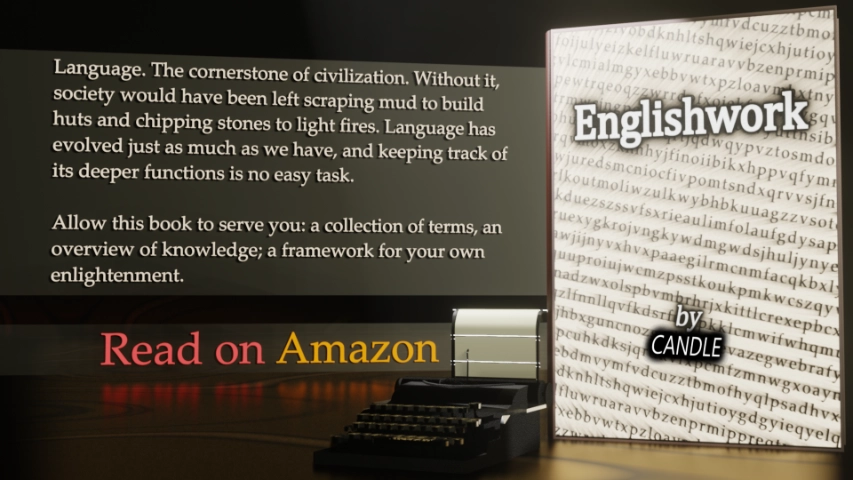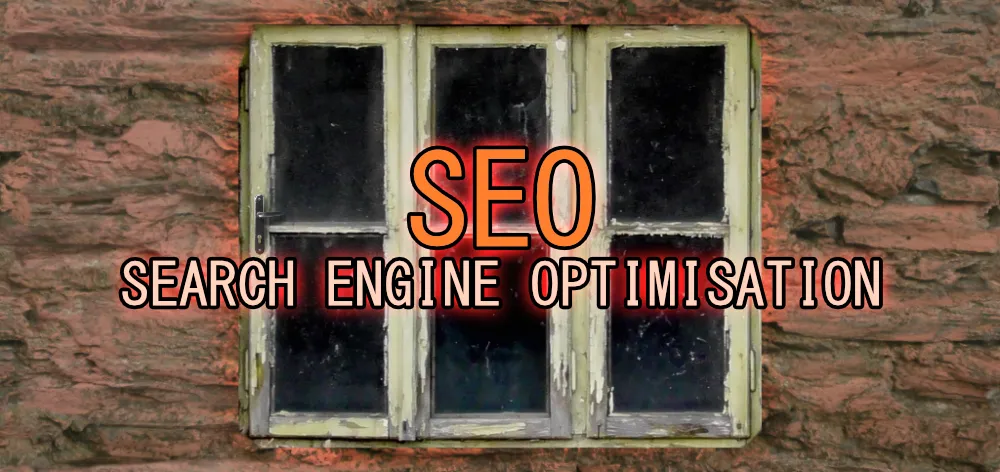Chapter 10
Writing Genres
This classifies what the fiction will have most influence within, and the tables provided below are a fun way of expressing what the biggest genres are about, with the generalized plot points frequently met in the industry.
As we know, examples say more than words, tho the examples have words… But you get the gist.
My favorite ones? Drama, Action, Smut (erotica), Criminal, War, Adventure, although you can’t see adventure here as it is classified as Action.
Types of Editing
It’s true that writing is separated from editing, as they are two different processes. A writer doesn’t need to be their own editor, yet it’s a sugary perk to have, but it takes a lot of your time and energy. So that’s why editors came to existence and overtook the market in their vulture-like talons!
An editor’s job is to make a writer’s work legible and comprehendible. It’s their job to bring-up issues within the work and give suggestions to the writer to have them fixed or changed.
Personally, I am my own editor as I learned the skill throughout the years. It’s hard and tiring to go through pages of text. I’d use proofing software to catch the obvious typos, but since software is limited and cannot find most issues, I’m forced to do line editing and copy editing, which isn’t fun at all for me.
I then fix those areas and give the material a final proofread that readies it for public consumption. Sure, it’s not perfect, as perfection would mean you’d have to do two or ten proofreads, but it does the job well.
The concept of editing is to receive a fully written manuscript and only then should editing proceed. I used to write a chapter, edit it and repeat. That’s not how it is done, but it was the only way I could learn as I climbed up.
I’ll quickly summarize, in chronological order, the 3 types of editing processes I mentioned a paragraph or so ago, because you are not expected to know any of them.
- Line editing
Job here is to look at sentences. But it’s not what you think, because the job doesn’t fix errors of grammar, spelling or punctuation.
Main goals of line editing are making sentences fluid, adjusting the atmosphere of scenes, adjusting language to have a clear expression, focusing the message of the story, making dialogue believable and giving sentences structure and order.
- Copy editing
This is the process that reviews the written material and implements changes that make it better in the forms of consistency, grammar, typos, spelling, clarity, repetition, flow, plot holes, plot and character improvements, etc.
Concisely labeled: grammar Nazis.
Such editing is a must, but it is not the final stepping stone for a polished book or chapter of a book, as it requires you to go through the Proofreading stage in order for your work to shine and glint in the darkness.
- Proofreading
Proofreading focuses on typos, spelling, punctuation and grammar. Yet, it is not meant to go over the issues copy editing tackles, because it only fixes the surface problems within the material. It doesn’t go any deeper.
Remember, proofreading is only to be done after a copy edit, otherwise you’d be doing a copy edit and not a proofread. If you have someone proofreading for you, then remember that they will not fix awful sentences or go out of their way to copy edit your work, especially if you’ve paid for it as a service.
It is advisable you either proofread your material or get someone trusted and experienced to do so for you. There are tricky typos and grammar problems that exist in the language world which are invisible to the inexperienced eye.



